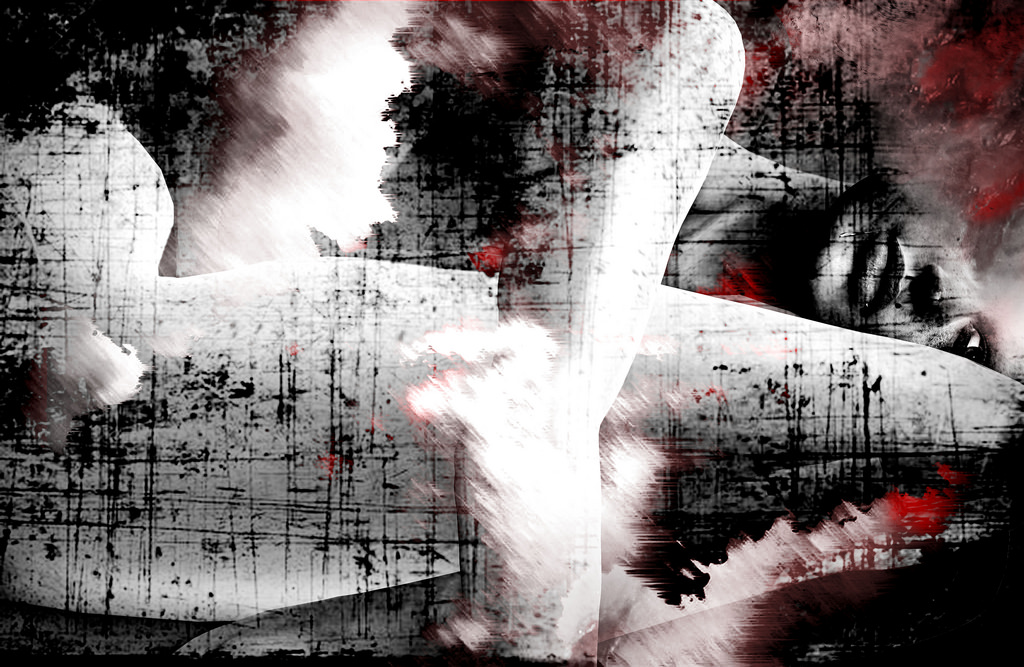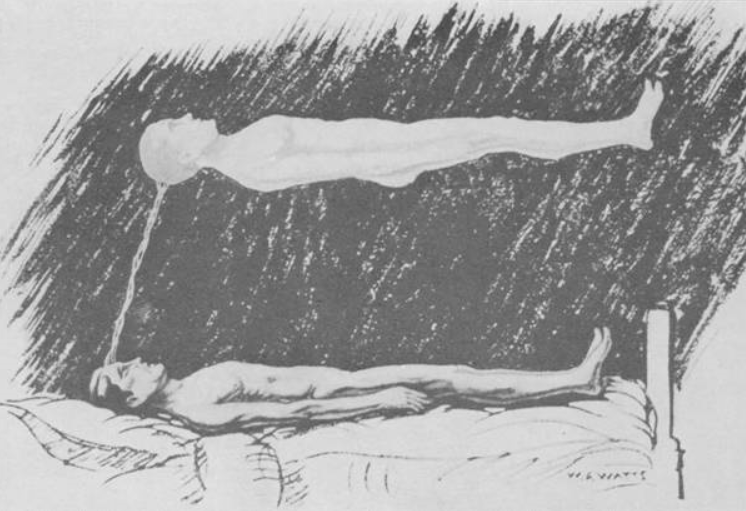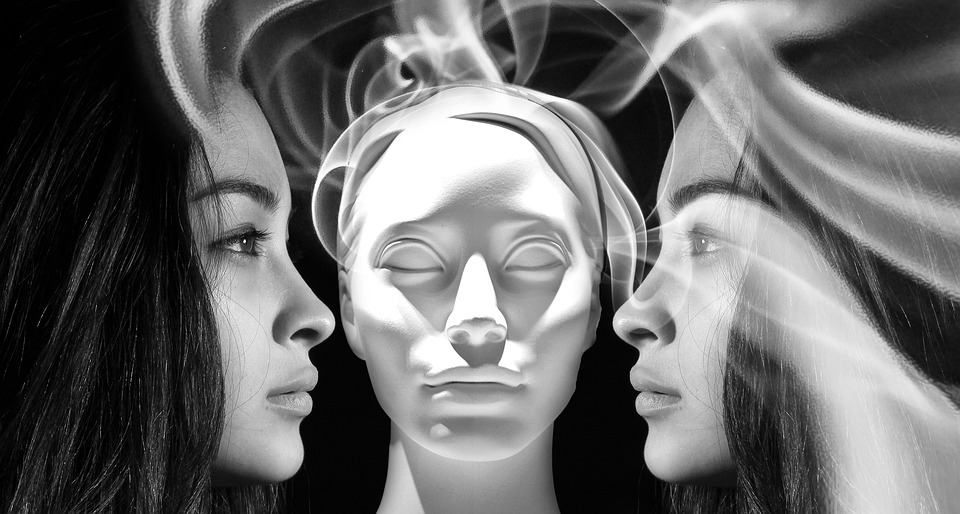The idea of a soul or spirit as the essence of life that enables the human body to function and exist is a far reaching concept that spans many beliefs, religions and philosophies. Ancient people considered the soul as a valuable human component; a gift from their deity that served as their link to the sacred plane of the supernatural. But some who are were pragmatic in their views saw the soul as a thin line that separates the dead from the living. Nonetheless, the interest regarding the nature of the soul continues to linger – even in the fields of science.
Philippine pre-colonial beliefs, despite its antiquity and complexities, further stretch the above mentioned basic idea of the soul. Various ethnic groups have beliefs that try to explain the mystery of the spirit in connection to their people. From the multiple soul concept of the Mangyan, to the visible form of the Ilonggo’s Dungan, there are plenty of fresh insights from our ancestor’s lore and culture that will marvel anyone who is interested in studying the depth of ones spirit.

The Soul 101: Lessons from our Forefathers
The soul has many names all throughout the Philippine Archipelago. The Tagalogs called it Kaluluwa, Ginokud by the Bagobos, and Makatu by some Bukidnons. The Ilonggos and Ilocanos define it depending on whether they are still in a physical body or if they have already departed from it. The Ilonggos called it Dungan when the soul is attached to a mortal body and Kalag when it was freed from a dead body. Ilocanos however name it as Kadkadduwa when the soul is still in a physical body which is taken from the word “kadduwa” or companion. When it finally leaves the body, they call it Kararuwa. Both the term Kadkadduwa and Kararuwa may also take their origins from the Ilocano word “duwa” which means two. This may refer to the dual existence of the soul: when it is still inside a mortal vessel and when it is freed and exist on its own without the physical body.
Besides the common belief that the soul is the energy that infuses our body with life, our ancestors also believe that the soul caused certain human behavior. According to Dr. Alicia Magos, sometimes the Dungan come out from the physical body the moment we sleep and takes a the visible form of small animals like birds, lizards or insects.
There is a risk when the Dungan’s visible form finds itself in danger during the time it is separated from its host. Based on Ilonggo belief, whatever may happen to the Dungan could also happen to the physical body. Thus, the Dungan must safely return to the host body unharmed.
But their are also instances when the soul departs from a physical body involuntarily, as mentioned by E. Arsenio Manuel in his studies. One of the reasons why it would leave the body is because someone is frightened – as observed among the people of Alaminos, Laguna. The Bisayans also believe that one’s soul leaves the body when it is captured by Engkantos such as the Tan Mulong who imprisons souls in his cave. The intervention of a Babaylan is highly recommended during this situation. The temporary loss of one’s soul is said to be the cause of sickness and can be alleviated when the Babaylan manages to return it to the owner’s body. Unfortunately when the soul can never be retrieved, it will cause death.
On the other hand, the Ibanags describe a phenomenon called Mekararuanan (meaning “to be rid of the soul”) in which extreme emotions or psychological conditions, cause the soul to be ejected from the body, which results in a state akin to the condition of being insane or in a coma. This is in accordance to their belief that the soul is the one that endows meaning and direction to person’s life.

Entering and Exiting the Vessel
Before entering a new human body, the Dungan resides with other Dungan in a place above the sky. It usually seeks newborn babies to inhabit. Commonly this baby is a relative of the Dungan.
To the people of the Panay Bukidnon however, the soul is already assigned with his or her host before conception. This is why they usually hang a miniature cradle above the bed of a pregnant woman to serve as the temporary dwelling place of the soul before they will become one with the child at birth.
A newborn child is quite prone to Usog – defined by Magos as a disturbing vapor emanating from a body with a strong Dungan to a body with a weaker Dungan. This explains why there are still many rituals and ceremonies conducted in the provinces to strengthen newborns to ensure that the body and soul will be healthy.
During the death of the physical body, the Dungan will exit through the orifices of the body. Some Negrito believe that soul can came out from any parts of person’s body. Moreover, the Ifugaos have a belief that a person has two souls and two exit points. Illness is the cause for one of their souls leaving the body through the eyes, while death happens when the other soul exits from their breath.
How Many Souls Do You Have?
Western belief introduced to us the concept of a single soul residing in a single body. But according to pre-colonial Filipino, one’s number of souls can vary to 6 or 7. An example is the belief from the Tagbanuwa from Palawan wherein a human body has a total of six souls. One is the primary soul given by the god Magindusa and the remaining five will possess the child once a ceremony is conducted by their parents.
Four souls are located in the feet and hands which protect someone from being cut or bruised in the said body parts. The fifth soul lies in the hair whorl..
The Hanunoo Mangyans of Mindoro believe in a plurality of souls — besides the karaduwa tawu (the human soul), an individual may have from two to five other souls: a kamduwa manok (chicken soul), a karaduwa baboy (pig soul), a karaduwa kuti (cat soul), a karaduwa bipun (shrimp soul). Any of these animal souls can temporarily wander away from the body. Multiple souls is the Mangyans’ explanation for marvelous recoveries from near-fatal illnesses or accidents (the shaman was able to recall the sick man’s soul before it reached the land of the dead); their dream life (one’s pig soul wandered away while the person was asleep); or natural reactions to some sudden noise or movement (one’s chicken soul was startled).
Going back to the Ilocanos, their belief of a quadruple soul is quiet interesting. The first soul is the most vital for life which is called Kararuwa. The Karkarma is the second soul that escapes the body when that person is afraid. Failure to return this soul may lead to insanity.
The third one is Aniwaas which exit the body when someone is asleep and usually goes to the place where the owner is found during his waking hours.
The last one is Araria which is the soul that departs after the death of the physical body. This soul is said to visit their relatives on earth for prayers and offerings.
The dual soul of the Bagobos called Gimokud is more bent on the evil and good side of man. The right hand Gimokud is the good soul which is connected with the health and joy of a person. The left hand Gimokud is the evil one which causes trouble for its owner as it frequently wanders at night and induces danger to its physical vessel; when it is in a risky situation, its host body suffers greatly. The left hand Gimokud will also transform into a Busaw after the death of its physical vessel. Busaw are vile creatures who devour corpses by digging up graves.
Lastly is the seven soul concept of the Bukidnon called Pipitu Ha Makatu which are all gifted from the sky god Mayaw-Biyaw. A person with a complete soul set is known to be strong mentally and physically, while those who have lost one of them are sickly or in a sad disposition. When all seven souls leave the body, the person will eventually die.

The Value of One’s Soul
It is quite ironic to note that despite the lack of scientific evidence to prove the existence of the soul, many are still drawn to this subject and believe it exists. Perhaps this can be surmised as ‘faith’ which puts it in a realm beyond reason or facts. Or maybe the concept of the soul is the natural world’s way for us to understand what can’t be seen in the biosphere.
Whatever the case may be, the soul or spirit’s connection to life and death of a person makes it worthy to explore and understand. It’s value might be more than what we expect as it may lead us in comprehending the world we dwell in and possibly beyond.
Sources:
The Soul Book(Introduction to Philippine Pagan Religion)by Francisco B. Demetrio S.J, Gilda Cordero-Francisco, Fernando N. Zalcita (1991)
On the Etymology of the Tagalog Word: Kaluluwa by Manuel E. Arsenio (1982)
The Ideological Basis and Social Context of Ma-Aram Practice in a Kiniray-a Society by Alice Magos (1986)
ALSO READ: The Soul According to the Ethnolinguistic Groups of the Philippines
Currently collecting books (fiction and non-fiction) involving Philippine mythology and folklore. His favorite lower mythological creature is the Bakunawa because he too is curious what the moon or sun taste like.


